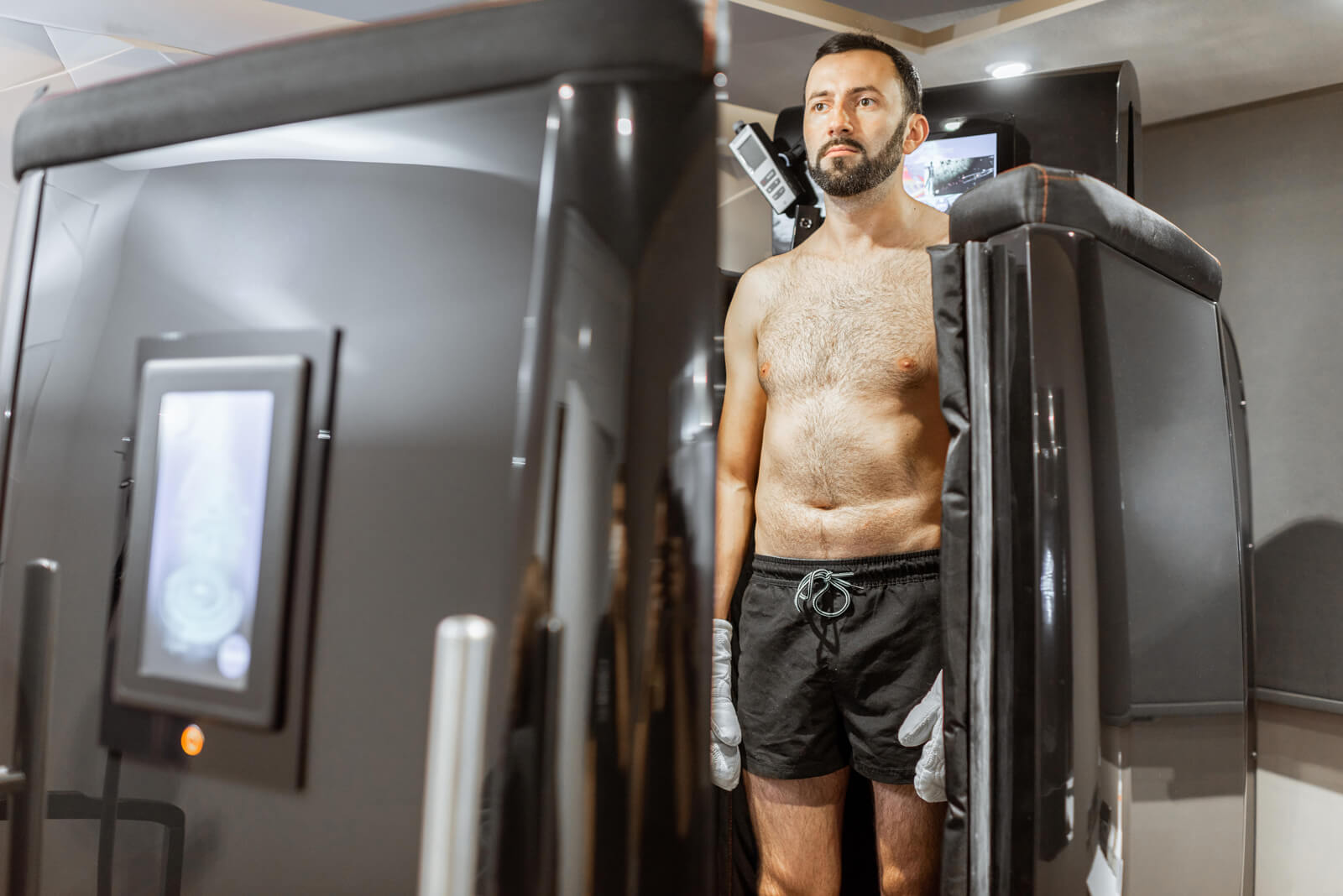Culture’s influence in our lives is inescapable. There are some that will claim they’re unscathed by the bombardment of external messages which media and other avenues of popular culture provide. This however, is unrealistic and frankly naive. Though we are able to form our own thoughts and opinions once we reach a certain stage of development and age, prior to that we are much like a sponge that soaks up outside worldviews, cultural expectations, parental influence, and peer group messages.
Barbie is the staple toy that we gift little girls, and the icon of Westernized women. She’s beautiful; her long flowing hair, unblemished body, perfectly applied makeup, and expertly tailored fashionista clothing and accessories. She is chic and splendidly happy which becomes subconsciously internalized for our template of desires.
I’ve read an abundance of articles on Barbie being our national icon and deceit. Common reports are that Matel has put out a distortion of unattainable proportions physically. If Barbie were human, her size would render her unhealthy and riddled with disorders. I got together with our fitness experts and did some mathematical calculations. When we input her waist to hip ratio paired with estimated BMI, it shows that she is likely healthy and normative based on these measurements. I literally was rendered speechless. Granted, these dimensions are not incredibly common in our Westernized society, but it’s not impossible. To give an example of the differing body-types, the average American model is 5’11 and 117 pounds, which is 98% thinner than most American women, who are on average 5’4 and 140 pounds (Riskin, 2000).
The problem arises when we use Barbie as a template for and ideology of excellence. Eating disorder prevalence is rather high, with women and girls attempting to reach these sizes. What society is unaware of is that this type of body is largely genetic and cannot be achieved through extreme measures such as excessive intake restriction or exercise. Also, there are certain parts of the doll’s proportions that are enhanced or diminished. It is true that we can enlarge breasts with plastic surgery, but her dainty feet, face and neck structure, as well as her hands are things that are unchangeable and purely imaginative. The symmetry of her face is also quite fictitious. According to one study, 80% of American women say that the images of women on television and in movies, fashion magazines, and advertising makes them feel insecure (Riskin, 2000). The people that are featured in media are typically the 2% of society!
It may sound cliché, but happiness cannot be bought or won. Attractiveness does not equate to internal peace and happiness. Until we learn to accept ourselves and see our inner beauty as well as the aspects of outer beauty, and recognize our tendencies to compare and compete, we will be stuck in a cycle of dissatisfaction; which leads to guilt, shame, depression, and low self-esteem. Take time to work on stopping negative thinking and education of replacing negative cognitive distortions with positive affirmations, know that you are uniquely and wonderfully made!







